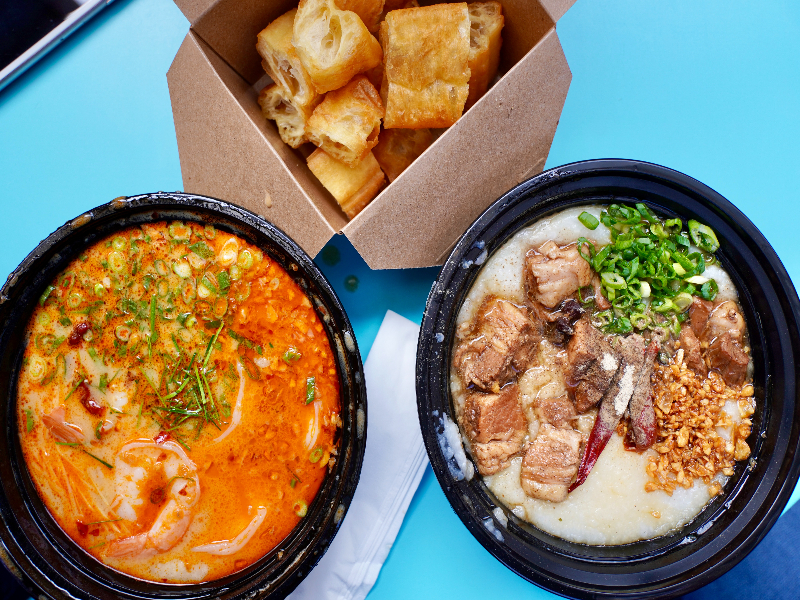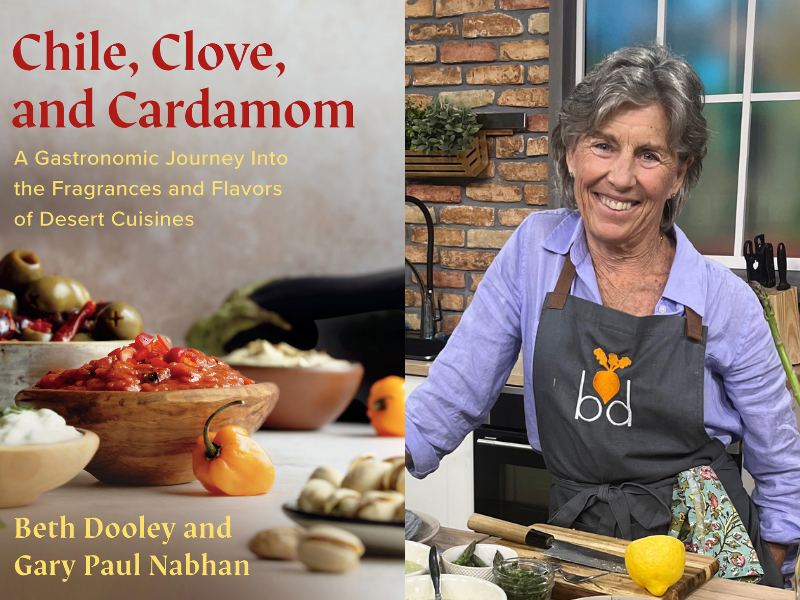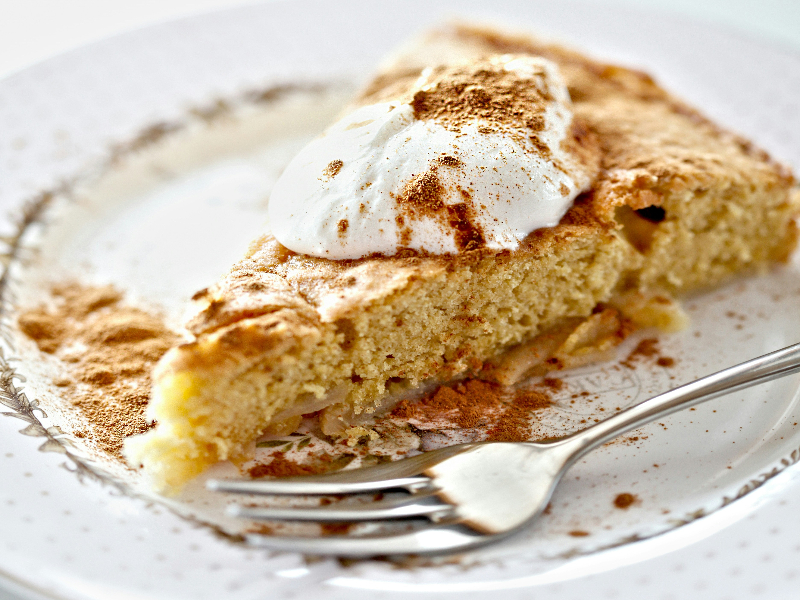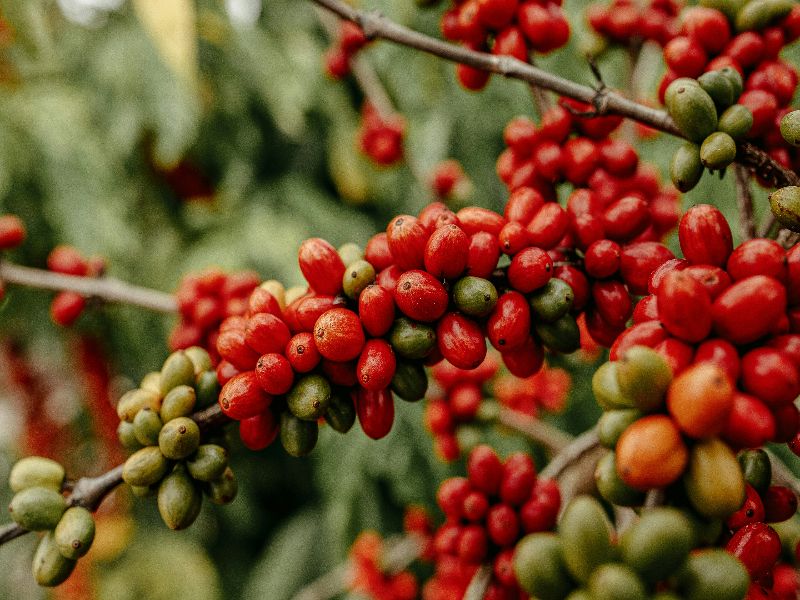
Congee
Yes, the dog days of summer are here.
It’s historically the period following the heliacal rising of the star system Sirius (the “Dog Star”), characterized by heat (check), sudden thunderstorms (check), lethargy (check), fever (nope), mad dogs (no thanks to AC), and bad luck (double check – a pipe burst flooded my house).
For us home cooks that means getting creative, getting out of comfort zones, and getting a delicious meal on the table with the least amount of work.
Enter congee, the ancient rice porridge staple dish beloved throughout East and Southeast Asia. Note: It bears no resemblance or relationship to the Oliver Twist version.
Rice, water, broth, a pot, customized seasonings, and toppings fun to make – what could be easier?
Some sources say congee was invented in China during the Zhou dynasty (1046–256 B.C.), as a way to stretch the rice supply and feed more people. It was also a sacrificial offering to ancestors and gods, as well as a ritual food for ceremonies and festivals. Thanks to trade and cultural exchanges, it spread to other Asian regions.
Known as zhou or xifan in China, it’s flavored with salt, sugar, soy sauce, sesame oil, vinegar, ginger, garlic, scallions, cilantro, or other seasonings. Toppings include peanuts, preserved eggs, mushrooms, tofu, chicken, pork, beef, fish, or seafood, and is often eaten with youtiao (fried dough sticks), mantou (steamed buns), or dim sum.
In Japan, it’s kayu or okayu, and is usually plain or lightly seasoned with salt. It’s often eaten with tsukemono (pickles), umeboshi (sour plum), or shiozake (salted salmon).
Koreans call it juk; usually cooked with meat, seafood, vegetables, or medicinal herbs. Samgyetang is chicken and ginseng, jatjuk is pine nut juk, and patjuk is made with red beans. Sesame seeds, seaweed flakes, or chopped nuts are traditional garnishes.
Called chao in Vietnam, it’s commonly eaten with quay (fried breadsticks), gia (bean sprouts), herbs, and lime juice. Chao ga is with chicken, chao lon with pork, chao vit with duck, and chao cua with crab. Chili oil or fish sauce spice it up.
In India, it’s kanji or pez, and typically made with millet, barley, or wheat instead of rice. A sweetened version adds gur (unrefined sugar) or nariyal ka doodh (coconut milk); savory spices include salt, pepper, cumin, turmeric, or curry leaves. To make a cooling drink, it’s mixed with yogurt or buttermilk.
To distinguish itself from being just another rice bowl, congee is all about the consistency and the shiny liquid surrounding the grains. That means cooking it with more liquid and for longer than usual. More time breaks down the grains and releases their starches into the liquid. When this happens, it thickens and shimmers.
Think you’ll give it a try? If you do, be sure to send me a photo.
Classes
Tuesday’s Taste of Italy: Wines & Small Bites at Zio Peppe with Chef/Owner Devon Sanner and wine guru Bob Leopardi is sold out.
What’s the Buzz? Like wine, cheese and chocolate, honey has joined the ranks as an artisanal obsession. Experience Sonoran Desert honey like never before and taste it like a sommelier tastes wine on October 18 with beekeeper and sommelier Noel Patterson of Dos Manos Apiaries.
Wishing you joy in the kitchen,
Michele
Congee
Yield: 4 generous servings
¾ cup long-grain white or jasmine rice
9 cups water or 8 cups water + 1 cup chicken or vegetable broth
½ teaspoon table salt
1. Rinse rice in a fine mesh strainer under cold water until water runs clear. Drain well. Place in a Dutch oven, adding water, broth (if using), and salt. Over high heat, bring to a boil, then reduce heat to a strong simmer. Cover with lid slightly ajar and cook 45-50 minutes, stirring occasionally, until thick, shiny, and reduced by half.
2. Ladle into bowls then add desired toppings.
Topping suggestions:
Dry roasted peanuts, coarsely chopped.
Scallions add a fresh, crunchy flavor and provide color and contrast to the white congee. Thinly slice on a bias and sprinkle on top.
Soy sauce is a staple condiment for congee, enhancing the rice with a salty and savory taste. Drizzle some over the congee or dip the toppings in it. Chili oil and Chinese black vinegar are also options.
Spicy and aromatic, ginger adds some heat and zing, helping with digestion. Grate some fresh ginger and mix it with the congee or slice some and cook it with the rice.
Eggs are a way to add protein and texture whether they’re poached, scrambled, fried, or boiled. Season them with salt, pepper, sesame oil, or vinegar.
Meat, fish or seafood are other ways to add protein and flavor. Cook the meat separately and shred it or cook it with the rice, making it more tender. To make meat more flavorful, marinate it with sauces or spices.
Pickled cucumbers, carrots, radish, or cabbage are tangy and crunchy toppings adding acidity and freshness, helping balance out the richness of the other toppings. Chop them up and sprinkle over the top or serve them on the side.
Make sweet congee with red beans, dates, lotus seeds, brown sugar, coconut milk, and other fruits and nuts.
The possibilities are endless!
Photo credit: Brett Wharton on Unsplash






Krista Stoker
I miss eating Congee in the many Chinese restaurants in Toronto. Your article has inspired me to try it, as soon as I finish moving (in this heat!). I have a question though, have you tried this recipe in an Instapot? I know there is a setting, and the inventor was a Chinese Canadian....so I'm hoping that your recipe can be adapted. Many thanks!